 |
| Category: Badges |

|
|
|
|
|
|
Badges of the Australian
Flying Corps |
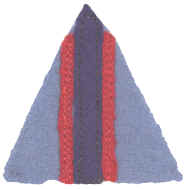 |
- Because the AFC was a Corps within
the Army its members wore the General Service hat badge of the AIF,
the famous Rising Sun (see above
left).
- These other badges were for Pilots
&
Observers as trade badges and Unit badges.
Image left is the colour patch of the AFC.
|
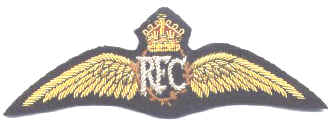 |
- All Australian Flying Corps badges
were loosely based on their British equivalents from the Royal
Flying Corps (RFC)
|
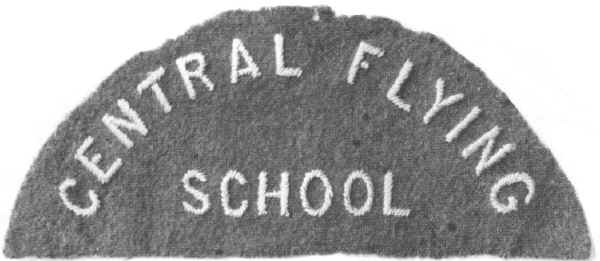 |
| Shoulder
title of the Central Flying School Aviation Instructional Staff NCOs, Pt
Cook Victoria |
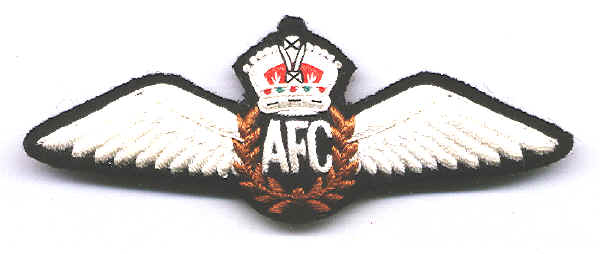 |
|
This wing is speculated to
be a post Australia Flying Corps period(1911-1921) AFC pilot wing that
would have been worn on a pilot's uniform to denote that he was once a
pilot in the AFC. The date of manufacture of this wing is not known.
Constructed of white thread for the wings, "AFC" lettering, and
King's crown, with a brown thread wreath and red, green, and black thread
in the crown, all on a black background. This wing is very well made but
has a new looking appearance. The wing has a black cloth backing and is
padded. There is some white paper stuck to the back and someone has
written on it, "Australia Flying Corps". The wing measures 114mm
wide by 42mm high. |
 |
 |
| 1915
Pilot's badge with Crown & AMF (Australian Military Forces)
embroidered between the wings and inside the wreath. |
1916 pattern, AMF without
Crown. Lettering over, not in, the
wreath. |
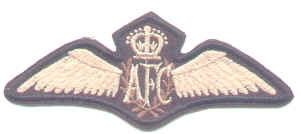 |
 |
|
1918 Pattern, AFC with
Crown. Lettering over, not in, the
wreath. Original font. |
1918 Pattern, AFC with
Crown. Lettering partly in
the wreath. Different Crown. Variation in font. |
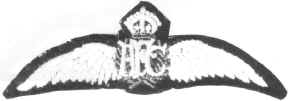 |
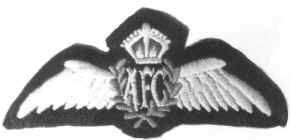 |
|
1918 Pattern, AFC with
Crown. Lettering over, not in, the
wreath. Variation in font. |
No
2 Squadron AFC Pilot's badge. Original
font. Lettering inside the wreath. Wreath in red. |
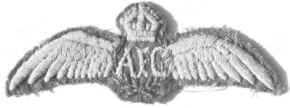 |
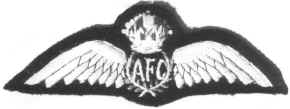 |
| Pilot's
badge on khaki |
Post
WW1 AFC pilot's badge as worn by
RAAF pilots who had previously served in AFC. |
 |
- Possible Australian Flying Corps
wings. This set found in Scotland in 2005. It is also possibly a
Royal Flying Corps badge. It all depends on how you read the first
letter.
|
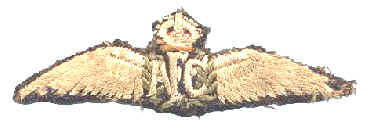 |
Image; Chris
Langley
|
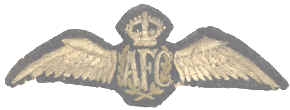 |
Associated with Captain
Herbert Gillis Watson, 4 Squadron, Australian Flying Corps. 523 Sapper
Watson enlisted in 2 New South Wales Signal Troop, 2 Light Horse Brigade
on 28 October 1914. Departed Australia for overseas service in late
December and underwent training in Egypt. |
| He
went ashore at Gallipoli at 7 am on 25 April 1915 and was wounded in the
foot or leg in late July or early August(?). Evacuated to England, he
later transferred to the Australian Flying Corps and was awarded the
Distinguished Flying Cross. Watson returned to Australia on 21 November
1918. |
 |
Australian Flying Corps
embroidered pilot's qualification brevet with a brass and copper backing
and pin. The brevet has cream cotton embroidered wings, a King's crown,
and the letters 'AFC' within a khaki embroidered laurel wreath, on a
dark blue wool ground.c.1918 |
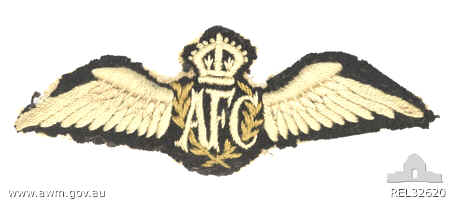 |
Australian
Flying Corps embroidered pilot's qualification brevet. The brevet has
cream cotton embroidered wings, a King's crown, and the letters 'AFC'
within a khaki embroidered laurel wreath, on a navy wool background. The
top edge of the wings has been reinforced with extra stitching to form a
raised surface. |
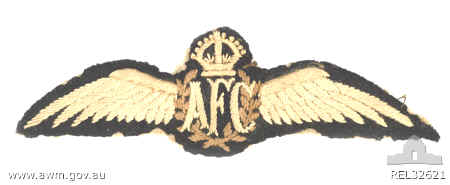 |
Australian Flying Corps
embroidered pilot's qualification brevet. The brevet has cream cotton
embroidered wings, a King's crown, and the letters 'AFC' within a khaki
embroidered laurel wreath, on a dark blue wool ground. |
| All 3 badges
above were worn by 549 Second Lieutenant John Joseph 'Jack' Pengilley
who served in the AIF and the Australian Flying Corps (AFC) during the
First World War. Pengilley was born in 1893. He was working as a station
master when he enlisted in 12 Light Horse Regiment in January, 1915. He
sailed for Egypt in June 1915 aboard the troopship 'Suevic'. After
training at Oasis camp, Heliopolis he sailed to Gallipoli with 6 Light
Horse Regiment. He served at Gallipoli until December 1915 then returned
to Egypt. Six weeks later the regiment was reformed without horses at
Oasis camp and posted to garrison duty at various places on the Suez
Canal with 12 Light Horse Regiment. Pengilley transferred to the Royal
Flying Corps (RFC) in December, 1916.
He left for England with 68 Australian
Squadron, RFC in February 1916 as a transport driver. He qualified as a
pilot and received his commission in November, 1917. After serving at
several air force stations as an instructor ferry pilot he was posted to
No 3 Squadron, AFC in France. While serving on the Somme in France and
in Belgium he flew DH6, DH4, SE5, Bristol Fighters, BE 2E and BE 2C
aircraft. He returned to Australia in March 1919 with the rank of First
Lieutenant and was discharged on 9 August, 1919. Pengilley re-enlisted
for service in the RAAF during the Second World War with the service
number 262020. He enlisted in December 1940 with the rank of Flying
Officer and served as a Flying Control Officer at various air force
stations in Australia until October, 1945. He was discharged on 27
September, 1945 with the rank of Flight Lieutenant. |
|
Observers in the Australian
Flying Corps |
| After
1 Jan 1916 men who passed the Observers Course at Point Cook were issued
with these badges. |
 |
|
Variation 1 Observers
badge AFC |
 |
 |
|
Variation 2 Observers
badge AFC |
Variation 3 Observers
badge AFC |
|
Flight Sergeants & Air
Mechanics in the AFC |
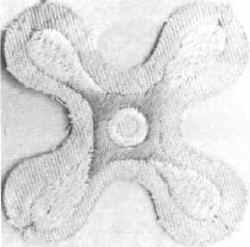 |
- Flight Sergeants (a new rank at
that time) wore a 4 bladed propeller design (shown left) above the 3
stripes of an Infantry Sergeant. >>>
- 1st Class Air Mechanics wore a 2
bladed propeller.
|
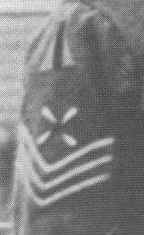
|
| Some
images from Australian Army Badges: Cloth insignia of the Army in
Australia 1860-1993 by J K Cossum ISBN 0 949530 14 X |
|